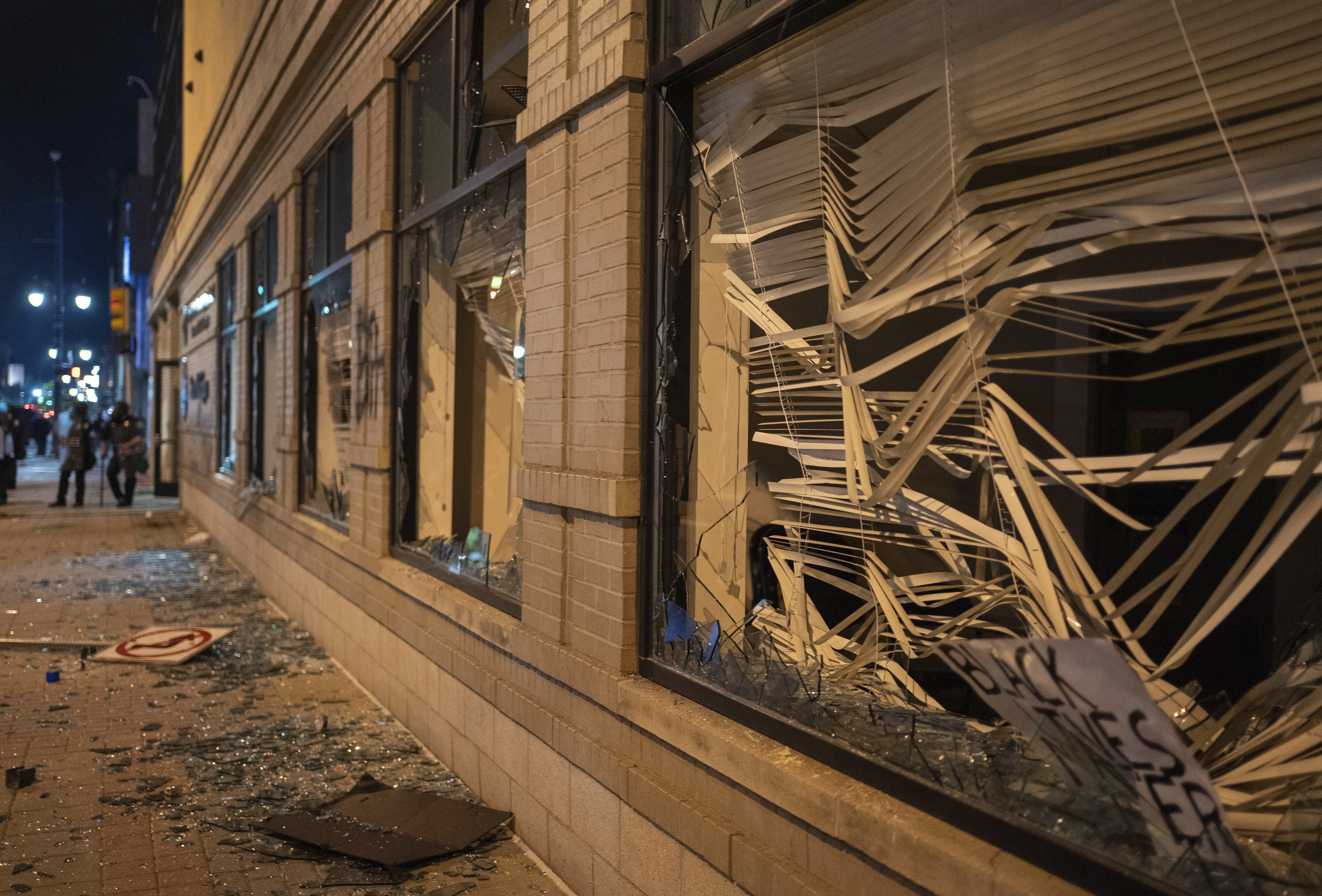When I first moved to Grand Rapids, Michigan, in 1986, the city was an alien place to me. I had grown up on the eastern side of the state, in the I-75 manufacturing corridor that runs from Toledo to Bay City. Soon, I came to realize that in Grand Rapids, I wasn’t just living in a different region of Michigan: I was living in a different state, a different culture. It was shocking to hear people in West Michigan crow about the problems in Detroit and other cities to the east.
They were doing much better in the western part of the state, they told me. They didn’t have the corrupt political machines, the trade union stranglehold on vast swaths of the economy, the crime waves, the once beautiful neighborhoods reduced to ruins.
The boosterish claims for Grand Rapids and the critiques of everything gone wrong in the Motor City were, to my ears, arrogant and unjustified. Over time though, I came around. I watched the continuing decline of the state of East Michigan and the growth of the state of West Michigan. They became two states headed in opposite directions.
Detroit and much of southeast Michigan was going through a bad patch in the 1980s and 1990s. The once-mighty auto companies were being humiliated by foreign competition. Labor unions accelerated the decline with a death grip on their privileges, and cities like Detroit, Pontiac, Flint, and Saginaw were hollowed out. They were in ruins. Photographers traveled from all over the world to shoot the shocking state of these cities. At the same time, the growth of China, Mexico, and other globalized manufacturing bases also meant that these cities would never recover their glory days—at least not in the lifetimes of those old enough to remember them.
But there was a much more potent factor in the decline of those cities, far more powerful than anything related to globalization, trade, or manufacturing could accomplish. The July 1967 race riots that tore through Michigan cities caused immediate death and destruction, but the damage lasted for decades. Much has been written about white flight from these cities after the riots, and that’s true. What gets less attention is the black flight of small business owners, teachers, and other professionals who left the city for the suburbs with their families.
Grand Rapids had race riots in 1967, too, but its response was different. The city’s business and philanthropic class began pouring hundreds of millions of dollars of their own money—sometimes combined with public funds—into high-rise office buildings, hotels, a convention center, an arena, a massive hospital, and a medical research district. A brand-spanking-new downtown campus of Grand Valley State University rose up within walking distance. A central business district that was moribund in the mid-1980s came back to life in a way that East Michiganders marveled at. Most remarkably, as investors poured millions into new condos and apartment buildings, people started moving downtown.
All of this was happening in a smallish Midwestern manufacturing city of about 200,000 people. In East Michigan, many cities were simply abandoned. All you saw were rotting factories and abandoned offices. Companies simply walked away and left the ruins behind.
This week, Grand Rapids showed that it really isn’t any better or worse than Detroit. I may have to change my views again. Watch this report:
Did these Grand Rapids looters and arsonists miss the 2015 study that linked growth in African-American entrepreneurship to a decline in black youth violence between 1990 and 2000? A news report on its findings notes:
[B]lack-owned businesses act as “social buffers”: their owners serve as role models to young people and create social networks that shield and divert youth people from a life of crime. Another reason is that black businesses mitigate some of the economic factors that contribute to youth violence in these communities. They add jobs, provide employment opportunities, and generally improve the neighborhood.
But starting businesses in these communities isn’t easy. African Americans often don’t have the same kind of access to small-business loans as other racial groups. Parker says that given the positive effect African American businesses have on their communities; it might be time for a shift in policy focus. Last week, for instance, Baltimore mayor Stephanie Rawlings-Blake urged the city’s black community to “step up” and help put an end to “black on black crime.” What Parker’s study suggests is that cities themselves can step up to this task by supporting black entrepreneurs.
Support black entrepreneurs? The principle means of supporting entrepreneurs, and all business owners, is for governments to do their job: to protect life, liberty, and property and to establish the secure conditions that allow working people and business owners to earn a living. That didn’t happen in Grand Rapids this week–and there were dozens more stories of arson, looting, and destruction that reporters never reported.
The morning after the Villa Clothing Store was looted, local volunteers did a good deed by showing up downtown with brooms and buckets to help clean up the damage. Good on them. But the damage to Grand Rapids from these riots will not be swept away the morning after.
Unless order is restored immediately, and Grand Rapids residents can be assured that there will be no repeats of this week’s depredations in the long term, here’s what to expect: plummeting property values; a flight to safer environs by downtown business owners, residents, and workers; and a return to a moribund city center. The hundreds of millions of dollars invested in the downtown will be a write-off.
Now, the people of the city of Grand Rapids must decide how they want to go forward. Those who temporarily hold elective office or top administrative jobs should be replaced if the disorder returns.
The first article of the Michigan Constitution holds that “all political power is inherent in the people. Government is instituted for their equal benefit, security, and protection.” Those we elected to operate the machinery of government utterly failed this week. For many in Grand Rapids, there was little or no security or protection.
No one is arguing against the right to peaceful protests over George Floyd’s death. Peaceable assembly and orderly protest is the American way. But the civil authorities must restore order. That’s job number one. Otherwise, at least in Grand Rapids, they’ll have to stop crowing about how much better things are here than in Detroit.

